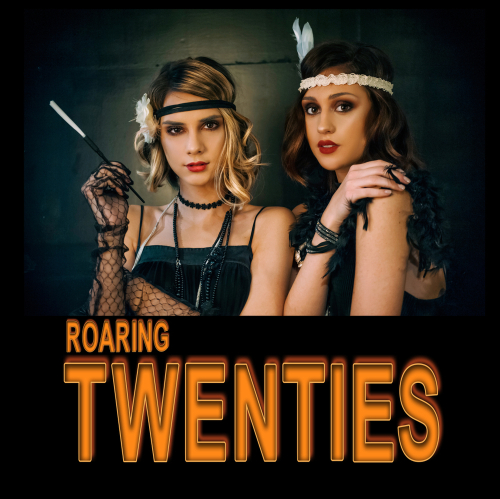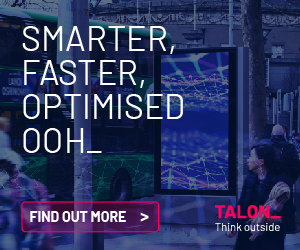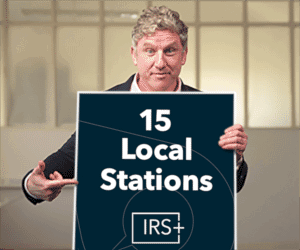As we lurch unevenly out of the pandemic, conversations abound about us entering a new era of the ‘Roaring Twenties.’ But what does this actually mean for brands, asks Rachel O’Donovan.
The original Roaring 1920s—the period after the Spanish Flu and the First World War—was characterised by new attitudes, new aesthetics as well as great social and cultural change. So, what can brands expect in the new Roaring Twenties?
Bryan Gildenberg, Omnicom’s SVP of Commerce, recently said: “I think the next 18-24 months will present the single greatest marketing opportunity we have seen in our lifetime.”
That statement may feel odd, but based on historic patterns, it is a worthy lens through which to view the new era.
Many of the recent predictions about the new Roaring Twenties have been based on observed human behaviour patterns after a large-scale trauma, alongside promising economic indicators from other markets. China, for instance—one of the first markets to exit the pandemic—has seen a huge boom in colour cosmetics, and according to EY Forecast data, over 70% of consumers plan to spend in a “cautiously extravagant” way on leisure, activities and holidays.
Evidence from the period after World Wars and previous pandemics shows three things that brands could explore:
Firstly, a marked attitudinal shift toward that could be characterised as a joi de vivre across the population. This new appetite is driven by the simplicity of being reunited with people, seeing loved ones and embracing long-denied personal freedoms once again.
Secondly, we can note the emergence of new visual aesthetics. After both world wars, two very distinctive new fashion eras emerged: the Jazz Age flapper dresses and headwear of the 1920s and Dior’s New Look in 1947, both of which featured a new silhouette for women.
Finally, we see the emergence of new societal values and capabilities. This point is more ephemeral and harder to quantify, but it’s fair to say trauma changes us and that in turn, leads to a shift in our collective consciousness: what we’ve encountered can make us re-evaluate our lives and what we hold dear. Previous world wars were followed by huge technological advancements, the rise of new superpowers, new nation states, a boom in construction, new styles of architecture, rapid movement in society and class lines shifting.
In summary, here are three questions to ask yourself about your brand or business:
The new attitude: do you FEEL like a brand for the 20s?
The emergence from trauma marks a new era for humans, there’s the time “before” and the time “after”: creating this delineation is part of our coping mechanism. Our psychological need during this time is for empathy, support and confidence as we attempt to navigate the re-building of our lives, our social connections and the personal need to re-build our selves.
During the pandemic, brands and business behaved differently: we saw more empathy and humanity in advertising, and this may become the new default. Now is the time to refresh your proposition, review your tone of voice and embody the optimism and empathy society craves.
The new aesthetic: do you LOOK like a brand for the future?
Another part of our exit strategy from the trauma is the casting aside of our pandemic selves, including the clothing and artefacts that came to symbolise our captivity.
Visually what’s happening in fashion is a dichotomy that reflects our desire for comfort, safety and protection but also indulgence and re-emergence. The catwalks are full of big logos, bold colour blocking, rich patterns and sequins, but also big heavy knits, long quilted fabrics and puffer jackets that are akin to sleeping bags. This new aesthetic is playful and quirky.
Visual relevance is a key equity driver for brands, take this opportunity to refresh your look for the future.
The new society: are you clear on HOW the pandemic has truly impacted your business or consumer?
Societally, our largest shifts will be in the advancement of medical technologies and the ability to WFH.
It may sound obvious but understanding your consumer should be the top priority for any organisation or business. Now is a good time to think about checking in to understand the impact of the pandemic on lifestyle, purchase patterns as well as identify the new habits and journeys that will define the new era.
Ultimately, the brands primed to thrive in the Roaring Twenties are the ones which truly understand their relationship with a consumer who has a fresh new attitude, who is embracing a new aesthetic and who has embraced new values and behaviours.
Are you prepared to embark on this modern era renaissance?
Rachel O’Donovan is Strategic Planning Director, BBDO Dublin






















